
The Value Of Industrial Waste Materials
The Punah Project focused on building awareness around the importance of industrial waste materials and their value as a resource.
At Godrej and Boyce, one of India’s largest manufacturing companies, 18,505 tonnes of industrial waste materials are generated during the manufacturing process every year. Large quantities of materials that are resource, production and energy intensive to be manufactured in the first place, are down-cycled, sent to incineration or landfill. Our objective centered around building a rigorously categorised repository of waste to ensure access to waste materials and creating a blueprint of ways in which to recycle materials and create closed-loop systems.
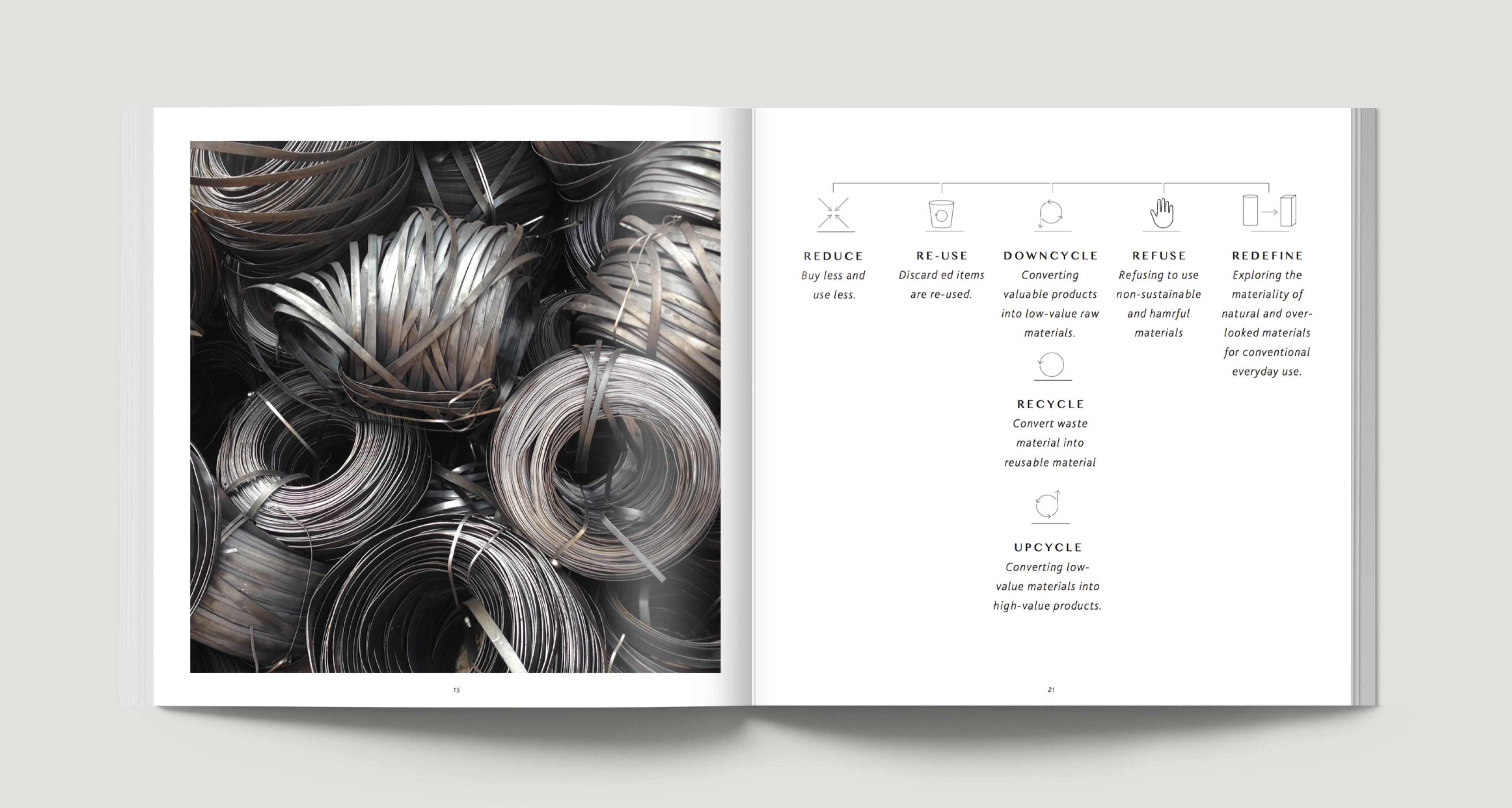
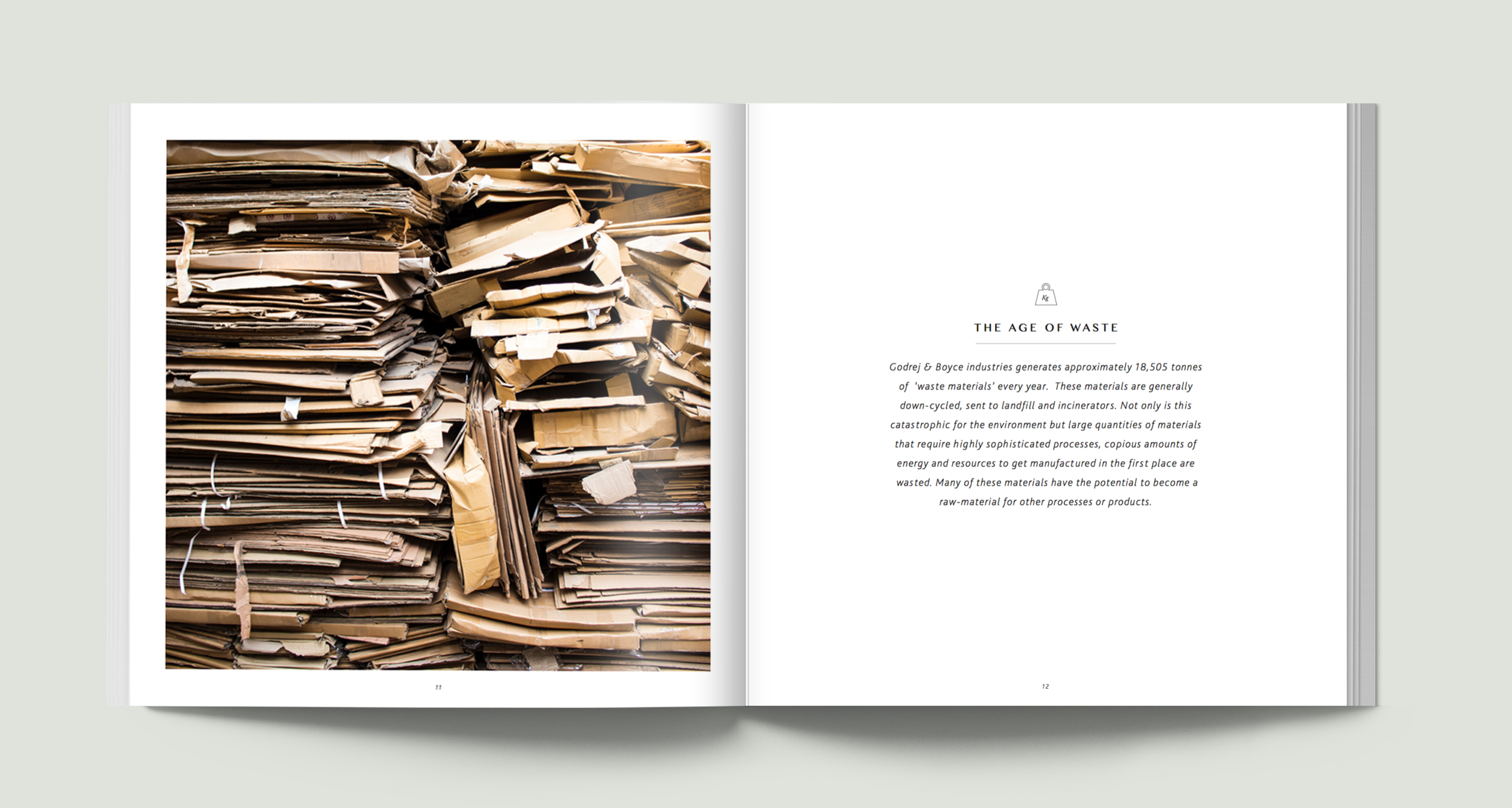
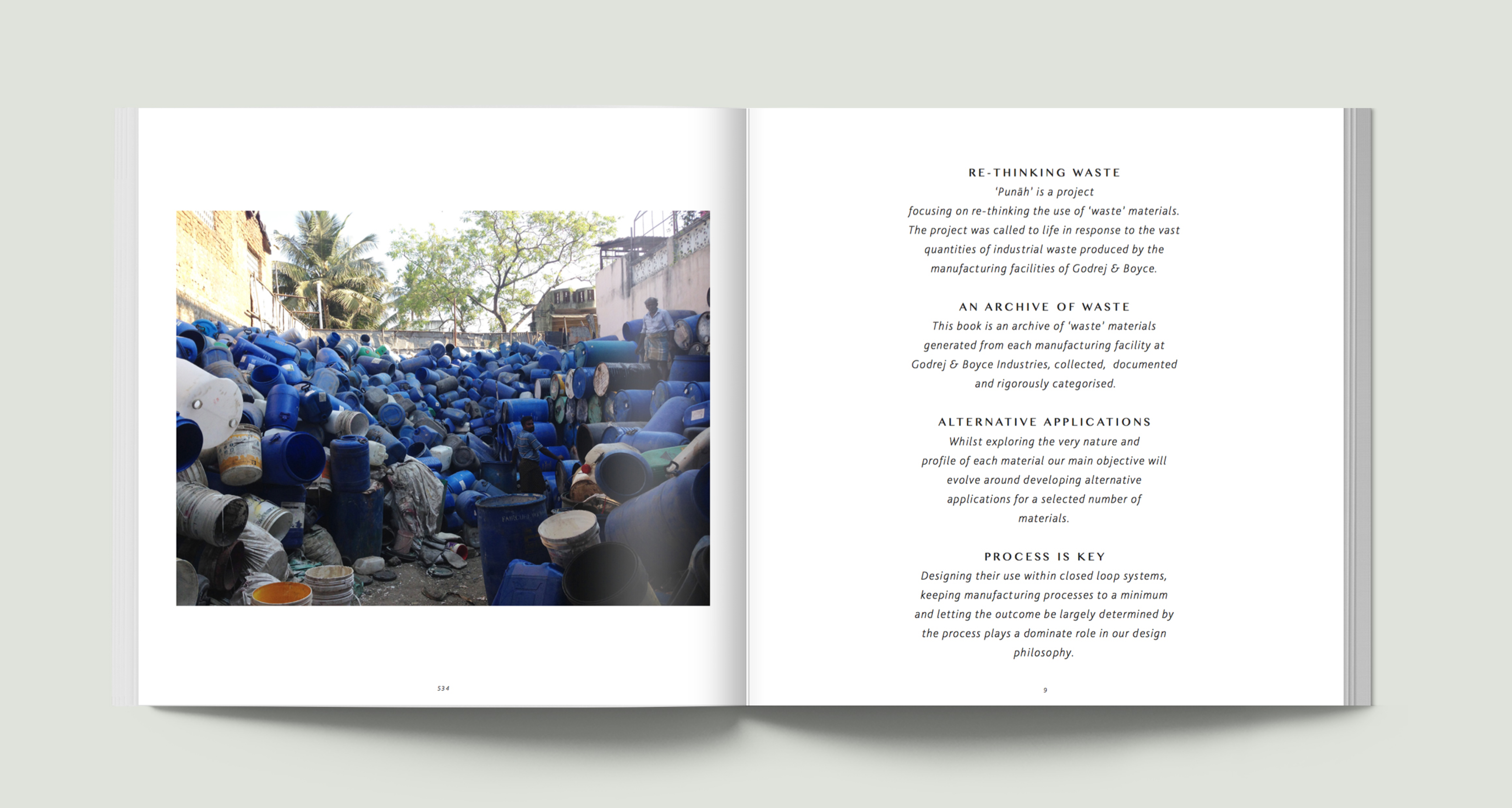

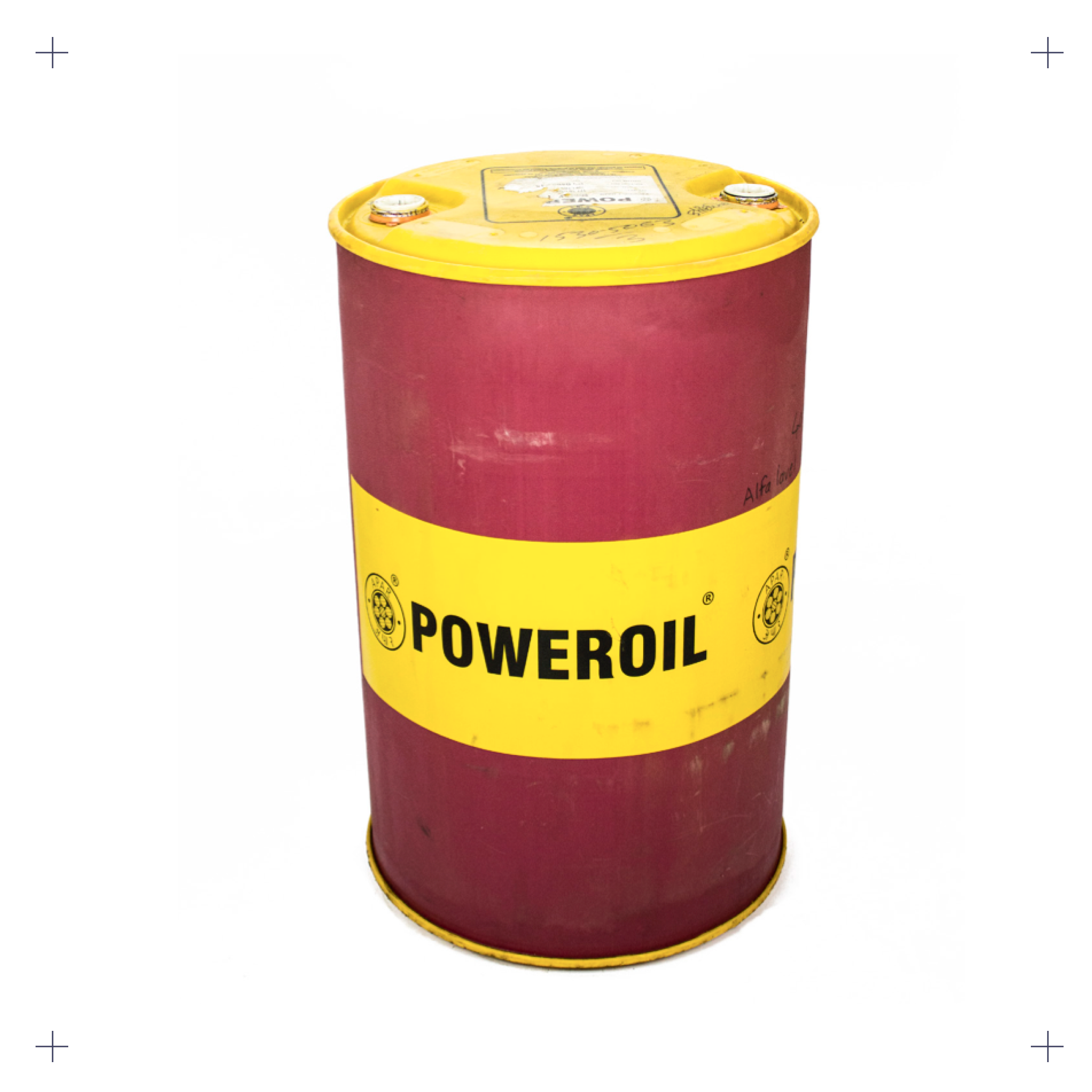
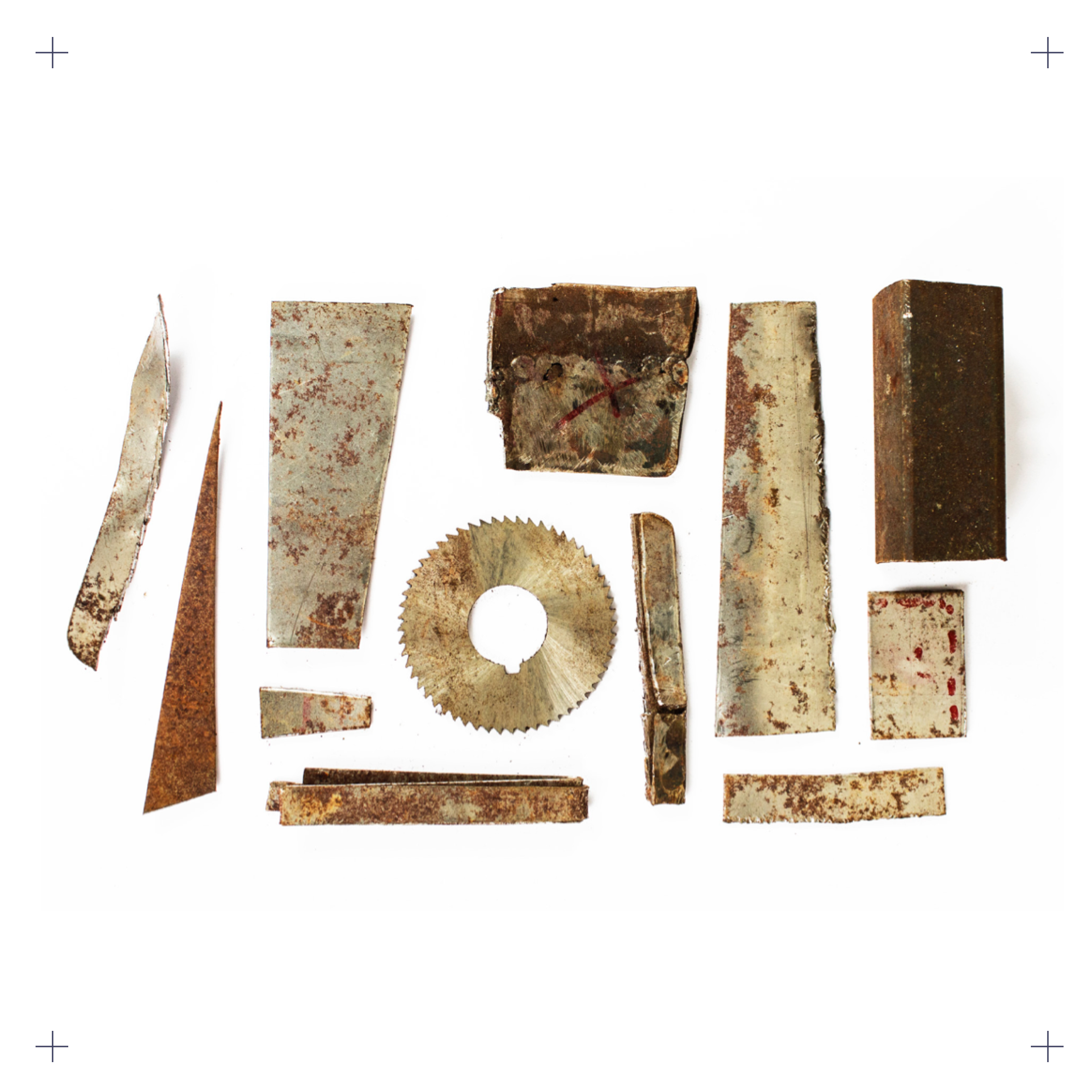
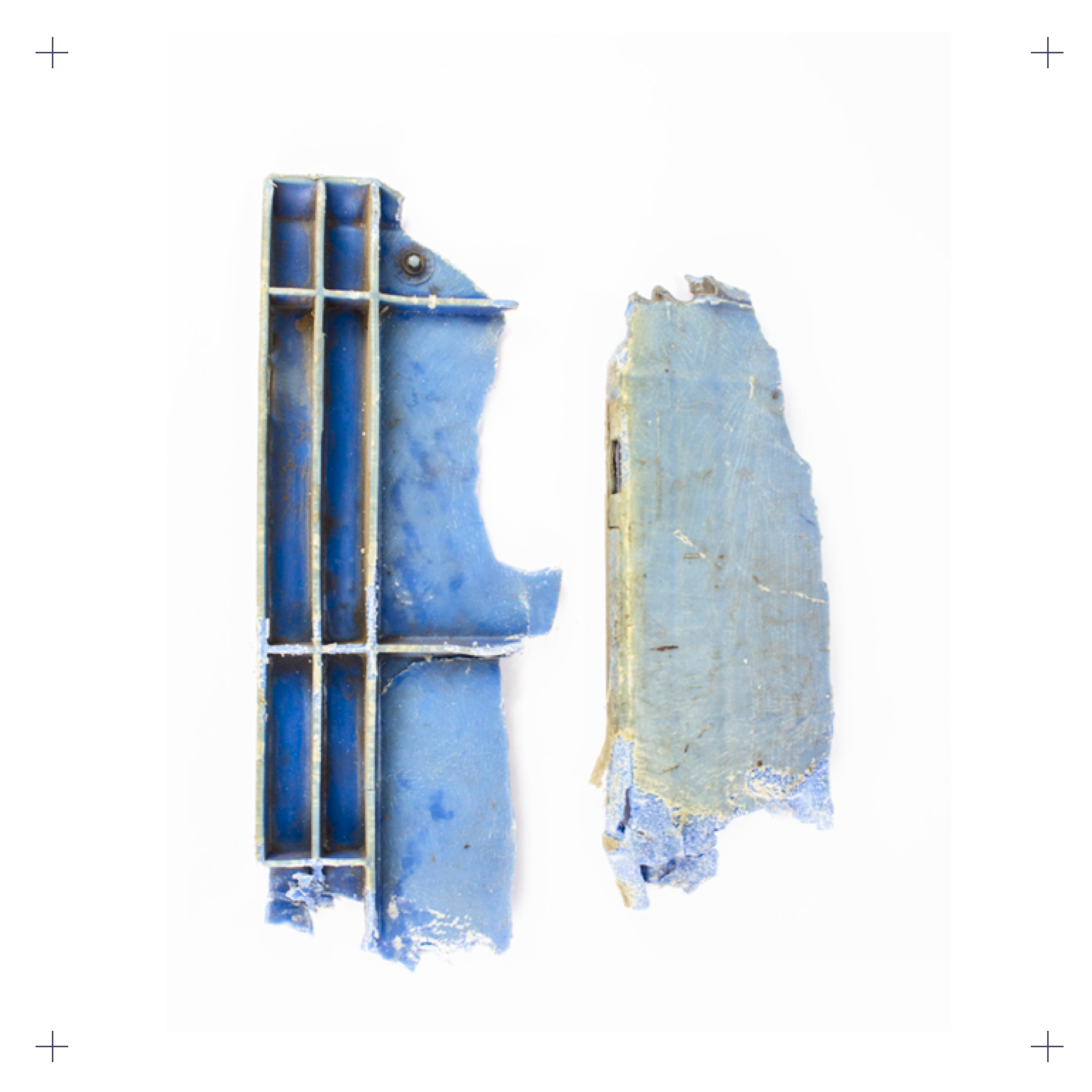
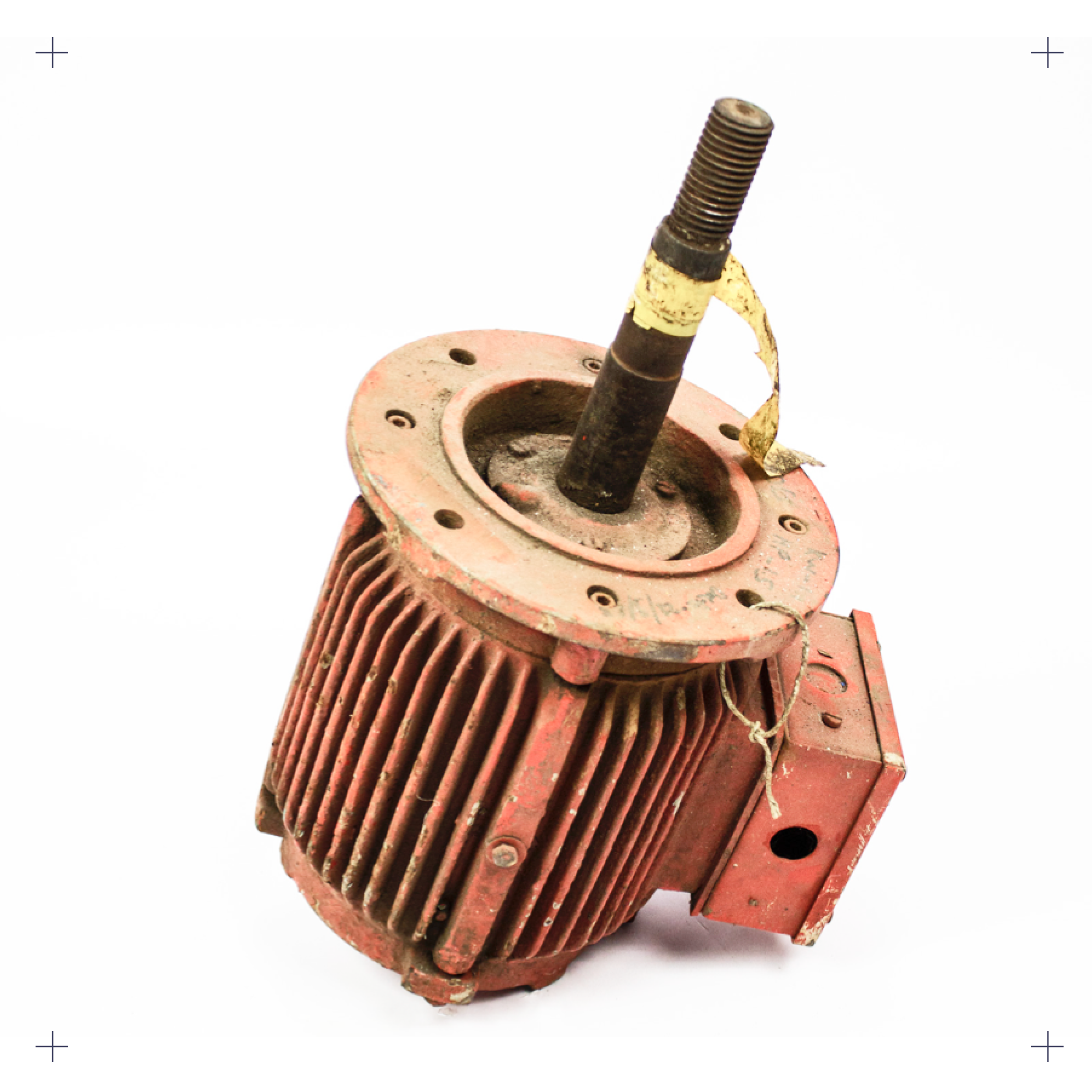
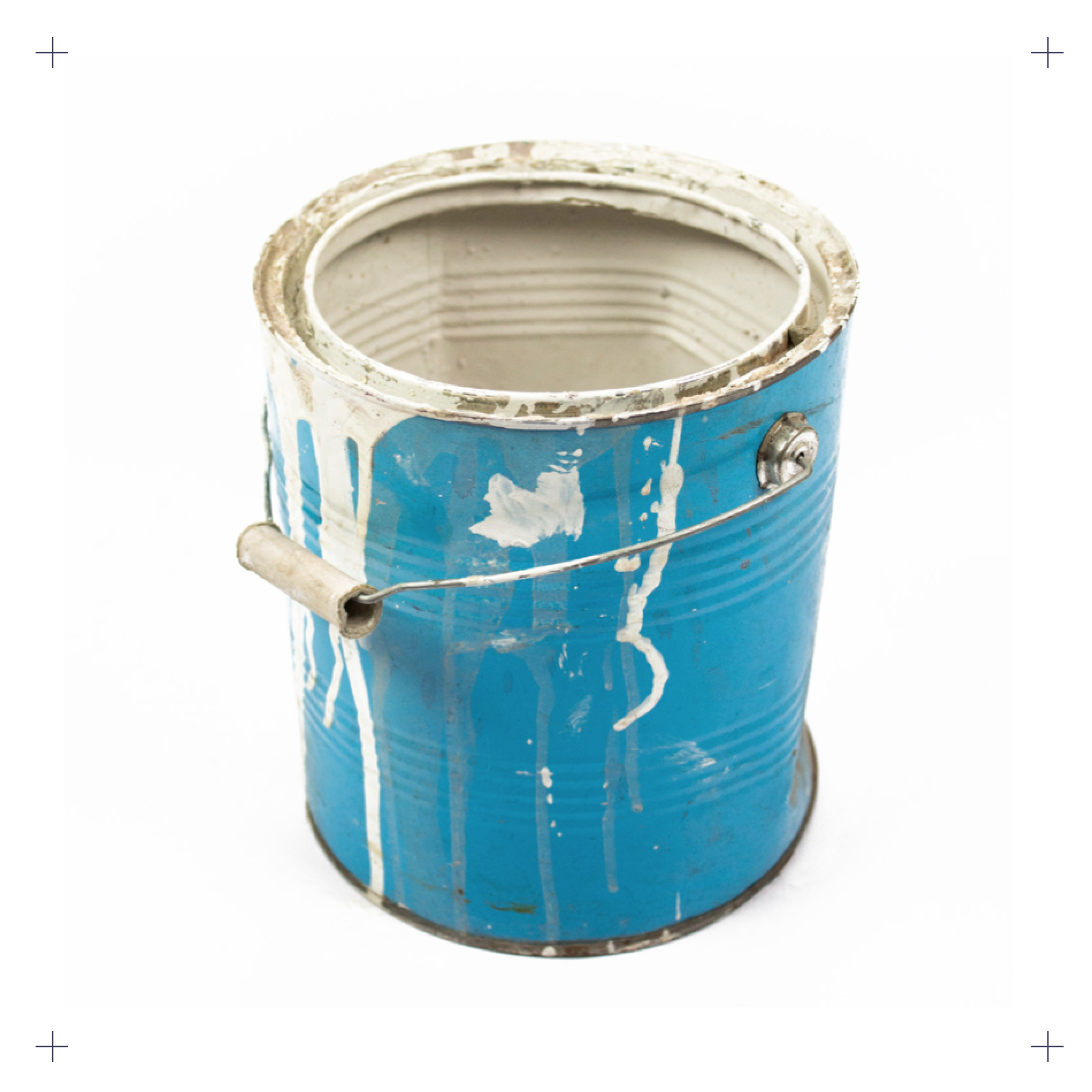

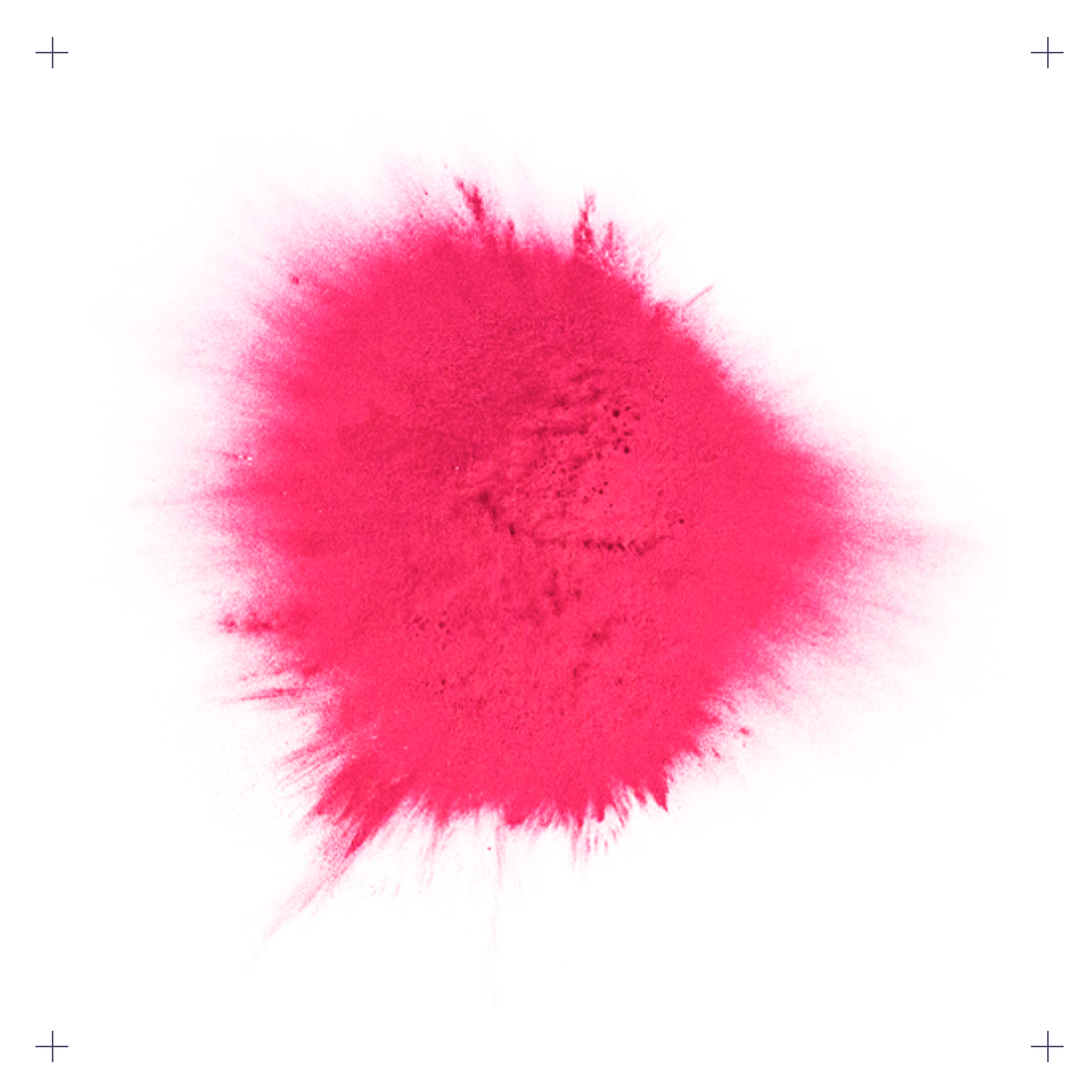
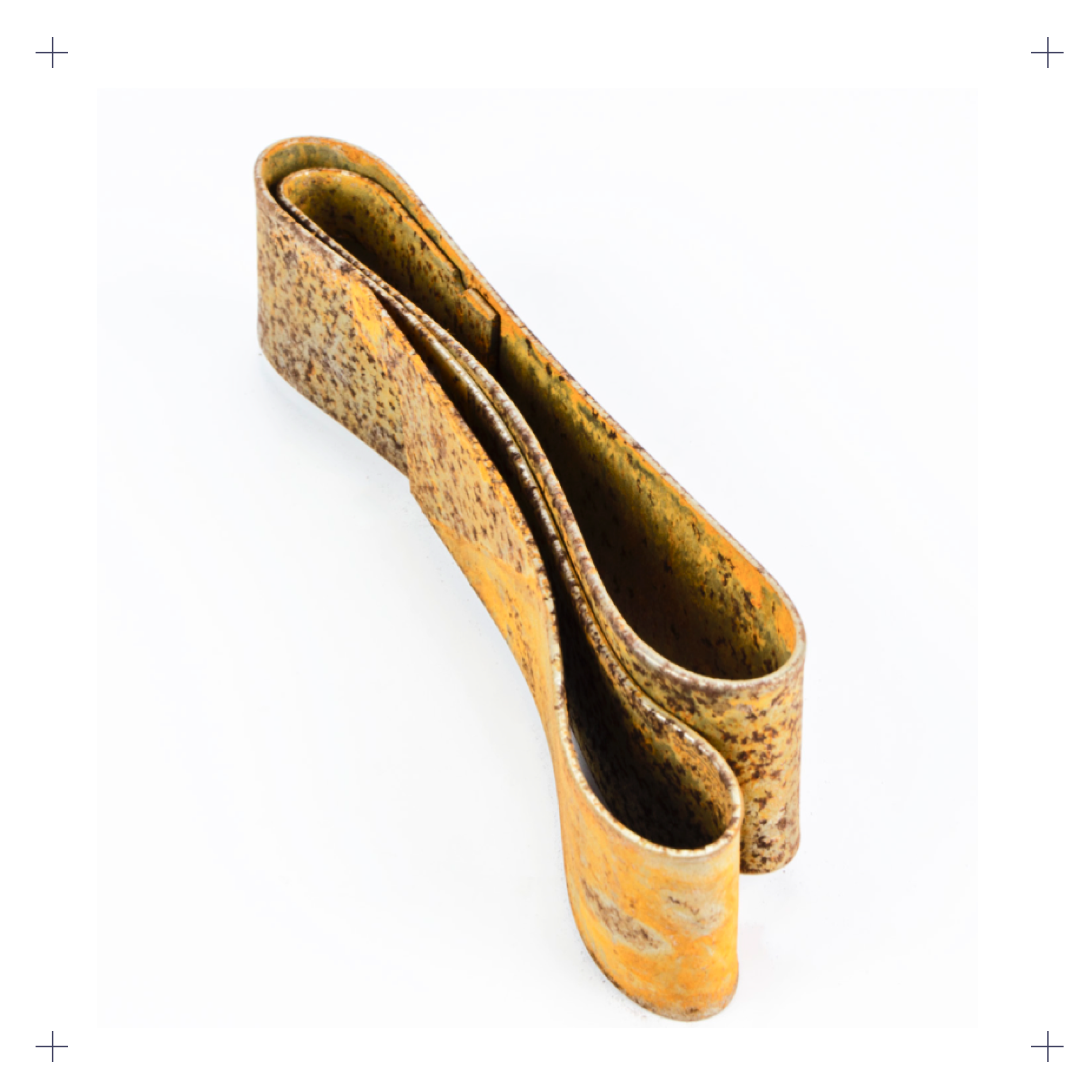
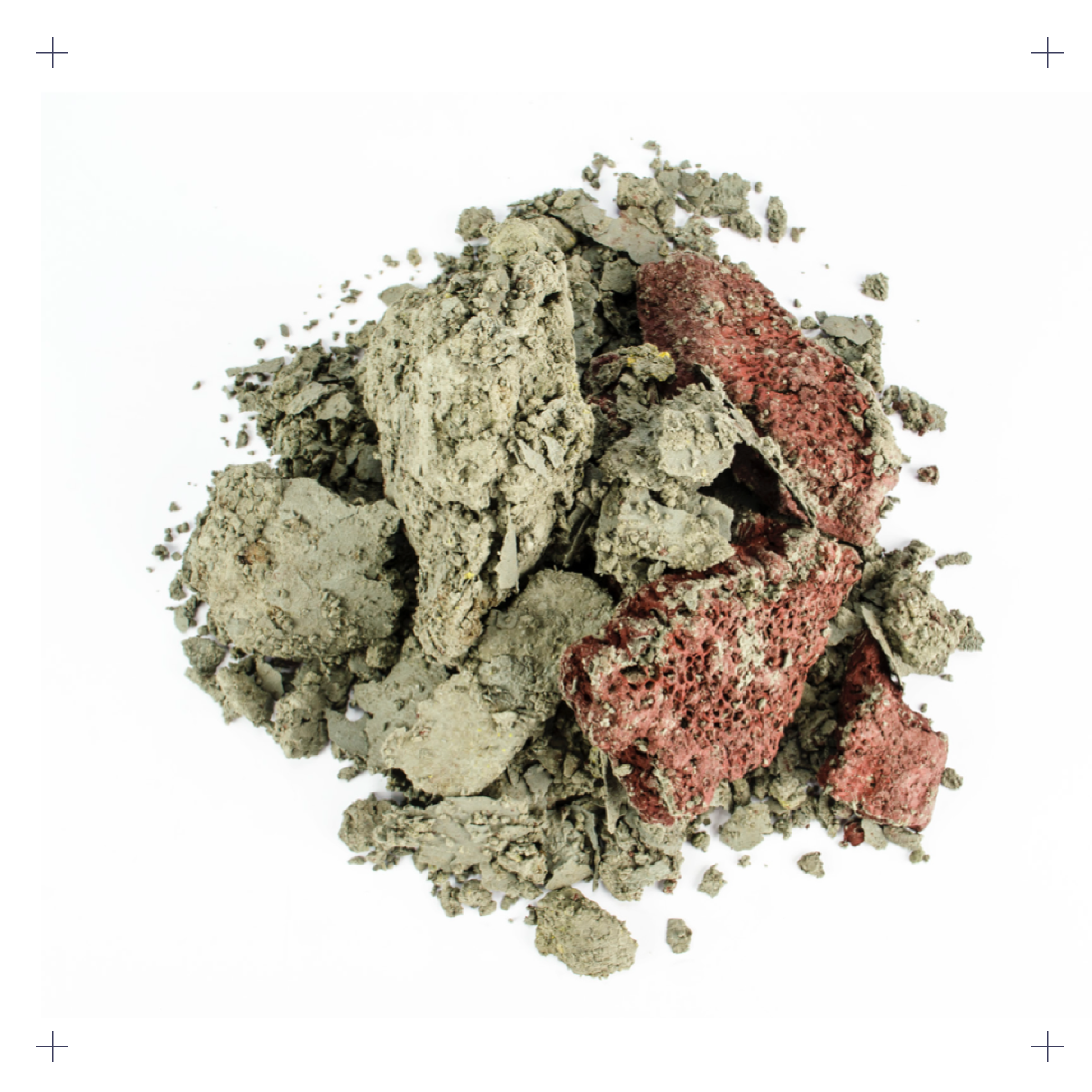
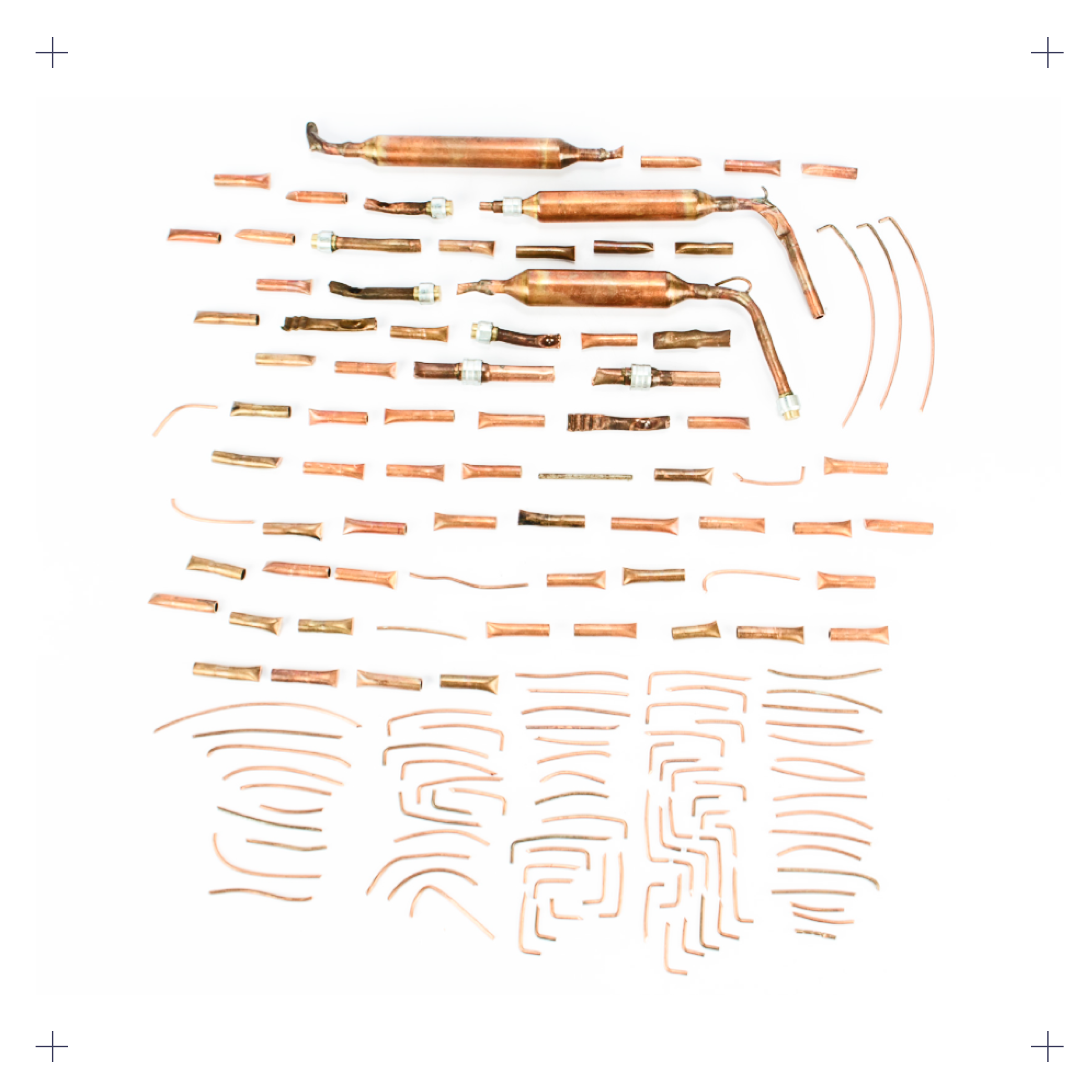
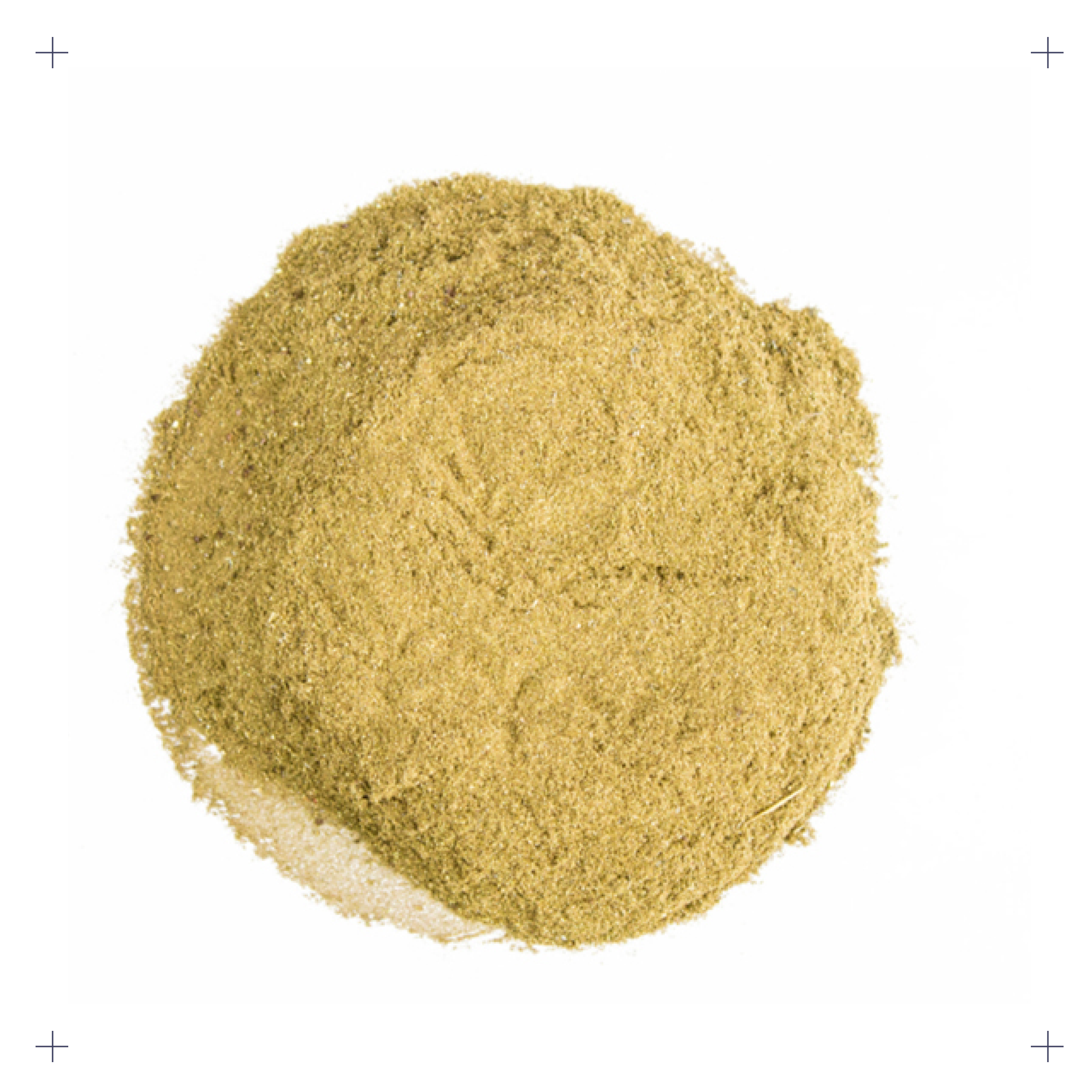

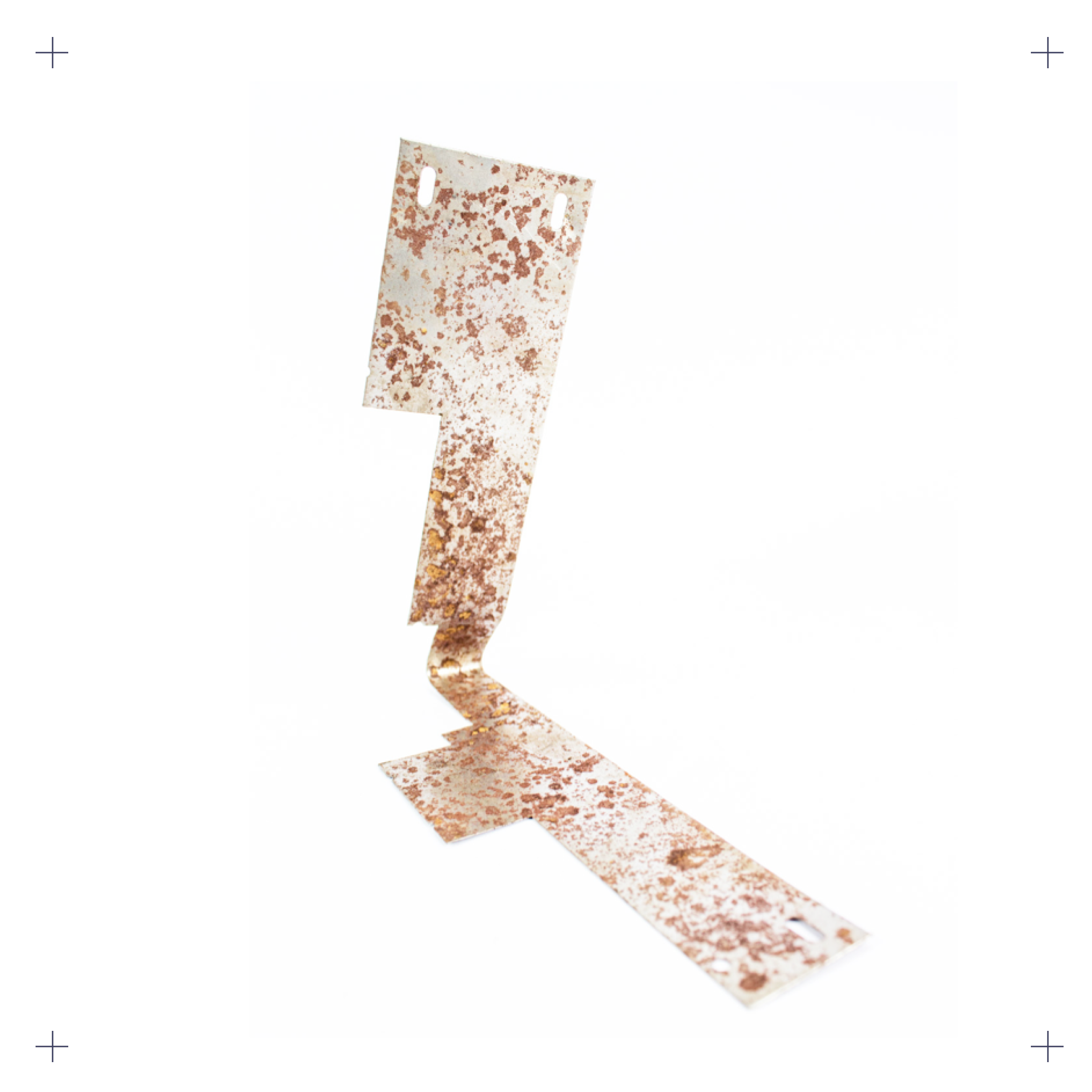
01
Mapping Waste Streams
We mapped out waste streams, collecting and recording data on more than 700+ waste materials generated during manufacturing.02
Documenting Waste Samples
We documented properties, quantities of waste generated per month, the respective manufacturing process and waste stream journeys.03
Building a Waste Repository
We collated the data and categorized all waste materials according to properties and type in order to create a waste material repository.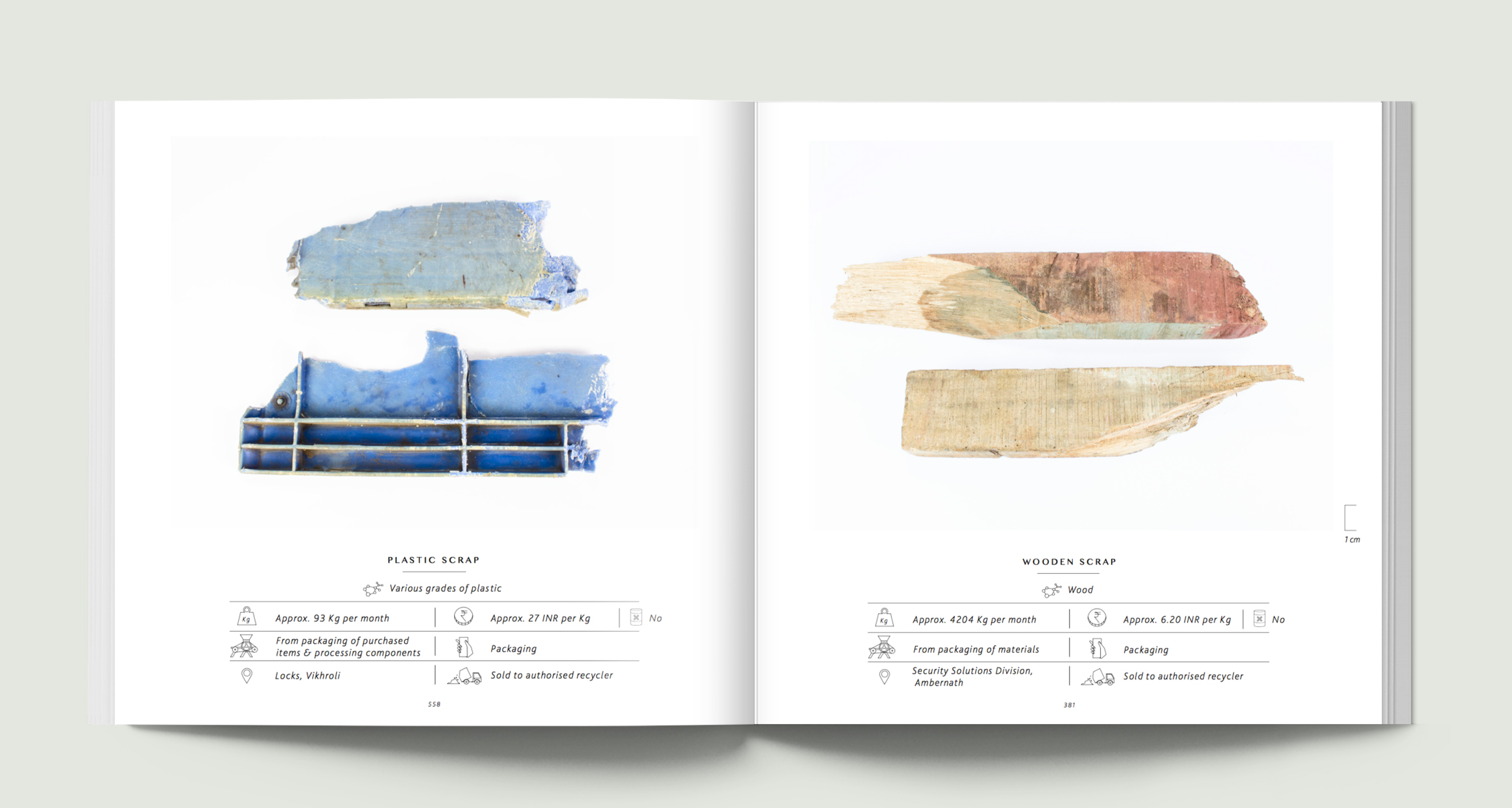

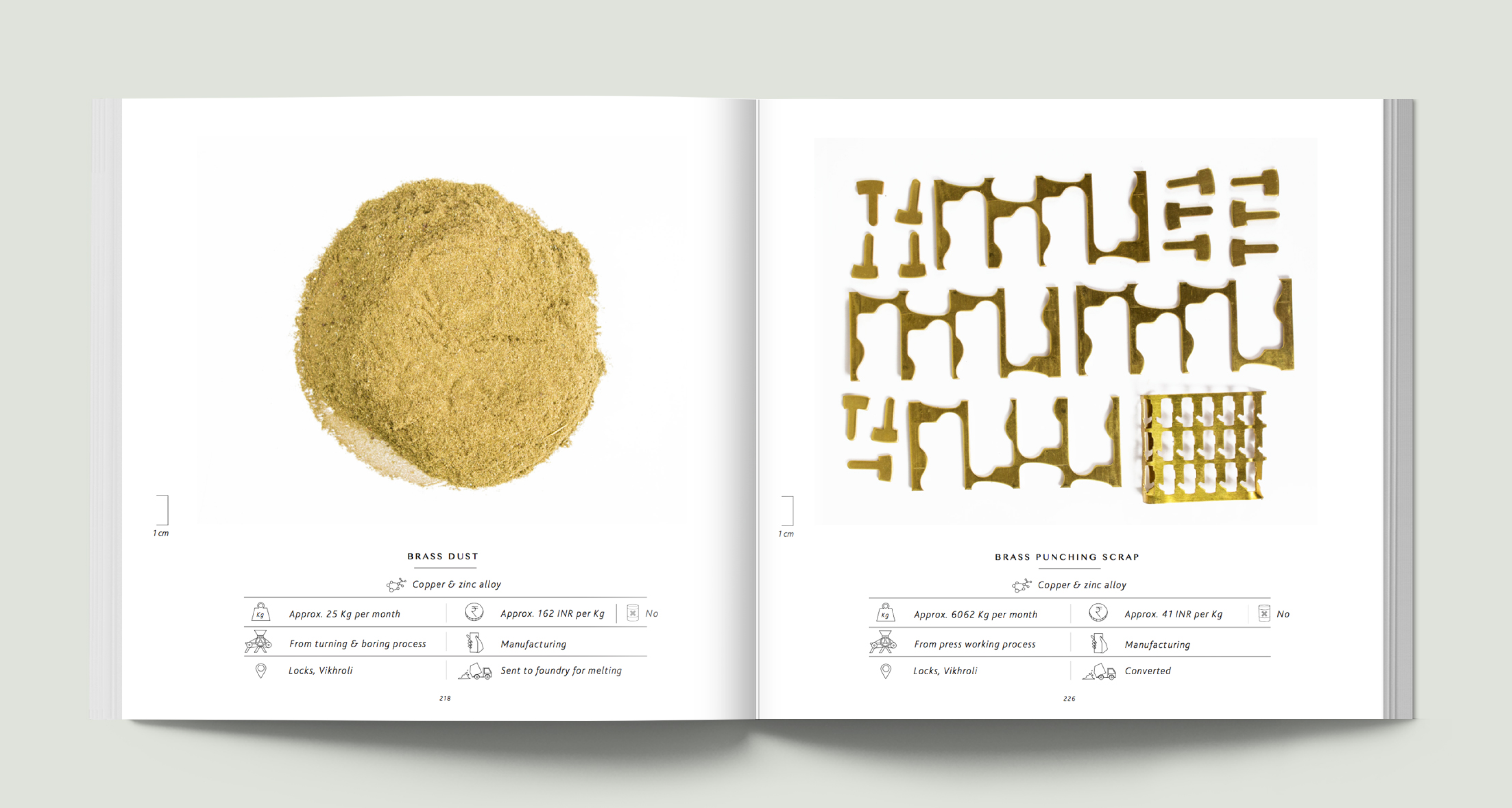
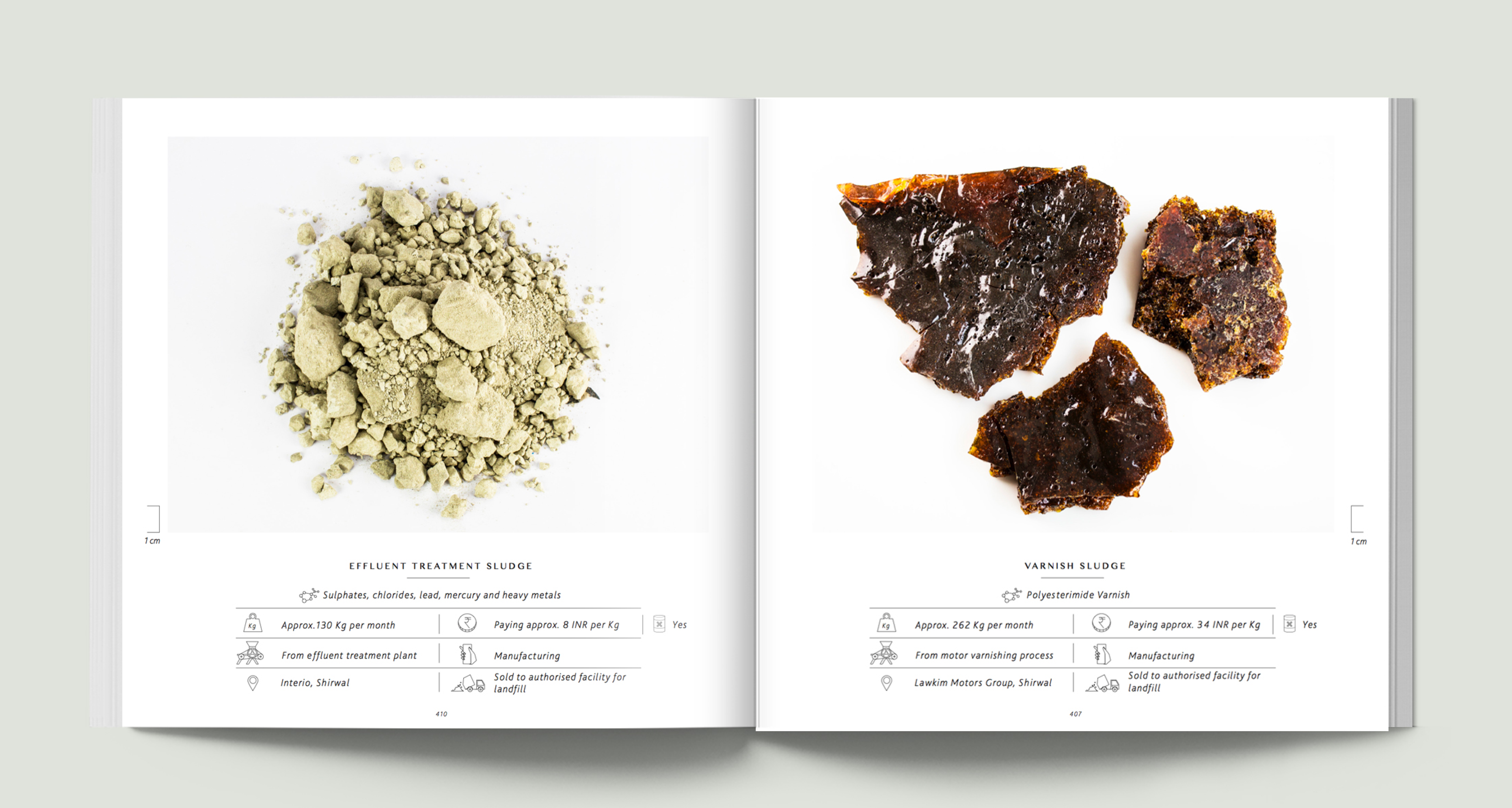
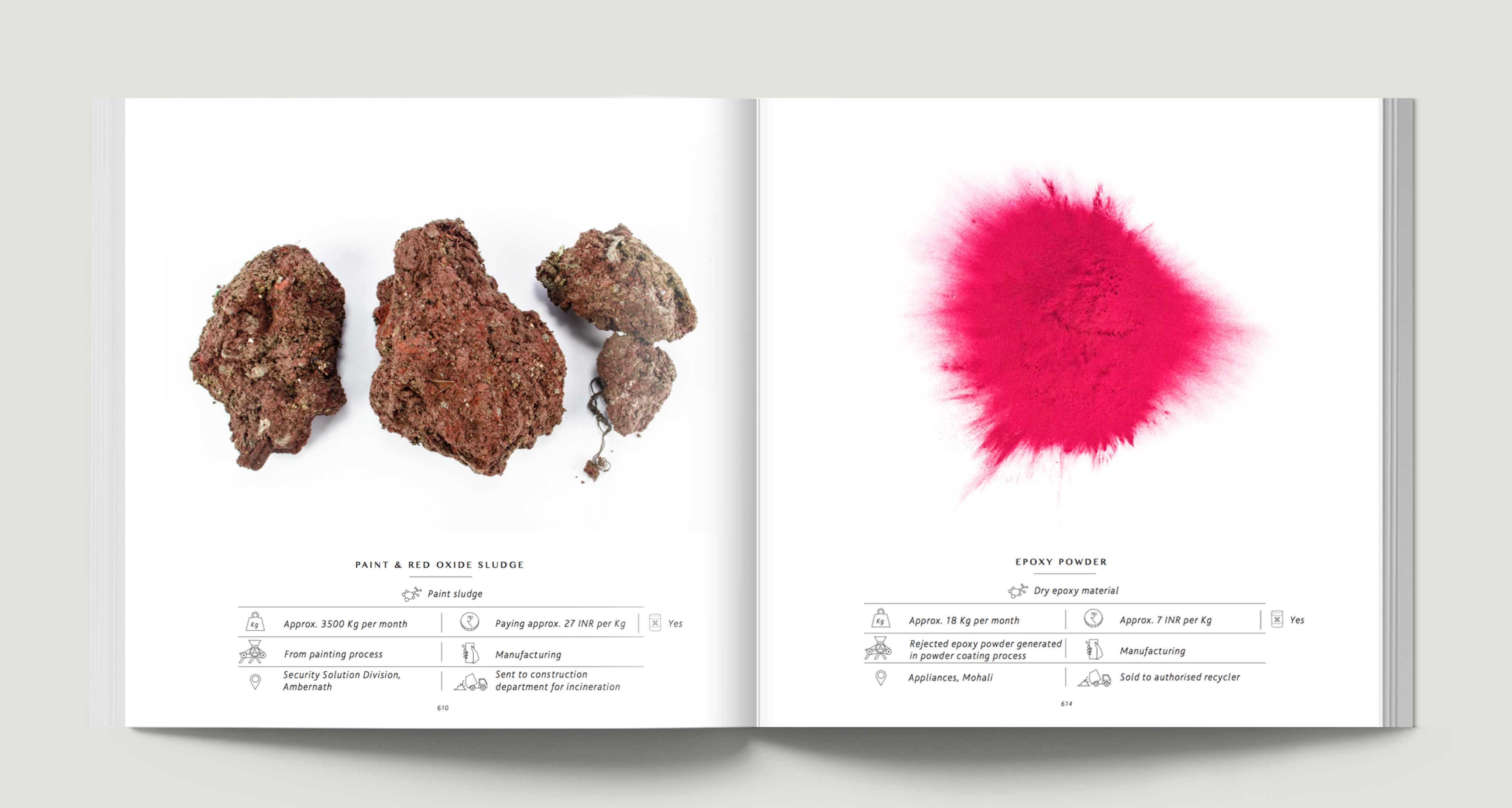
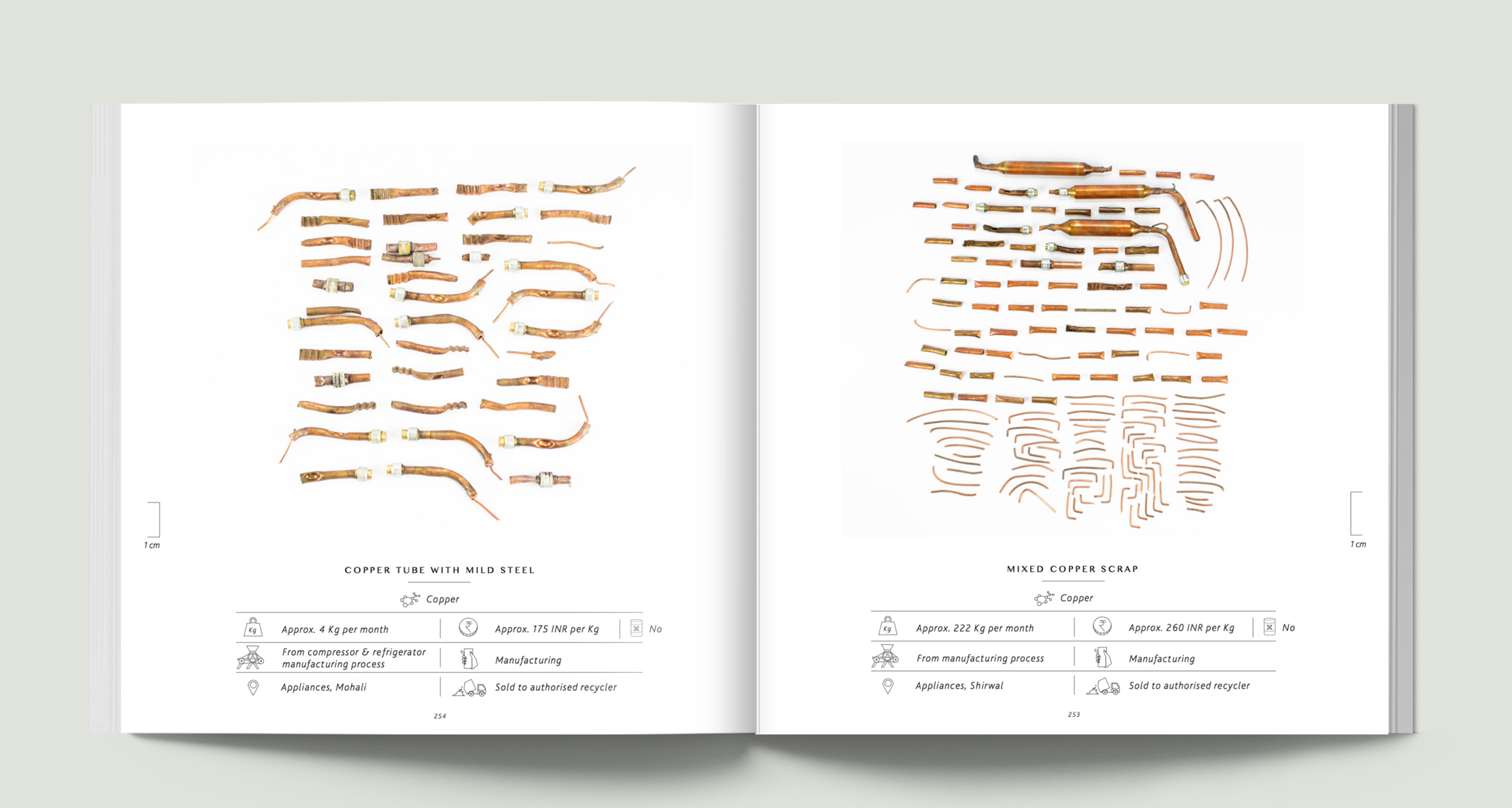

We explored materials through experimental making, taking a closer look at their natural properties and limitations

01
Materials were chosen according to the quantities generated and the environmental threat caused by sending them to incineration or landfill.
Materials were chosen according to the quantities generated and the environmental threat caused by sending them to incineration or landfill.
02
Through the process of experimentation, we looked for simple solutions, keeping step-processes and energy consumption to a minimum whilst looking beyond conventional boundaries.
Through the process of experimentation, we looked for simple solutions, keeping step-processes and energy consumption to a minimum whilst looking beyond conventional boundaries.
03
We developed step processes & recycling solutions, re-introducing some of these materials back into the manufacturing process and taking into consideration what kind of usage would be most viable and scalable.
We developed step processes & recycling solutions, re-introducing some of these materials back into the manufacturing process and taking into consideration what kind of usage would be most viable and scalable.

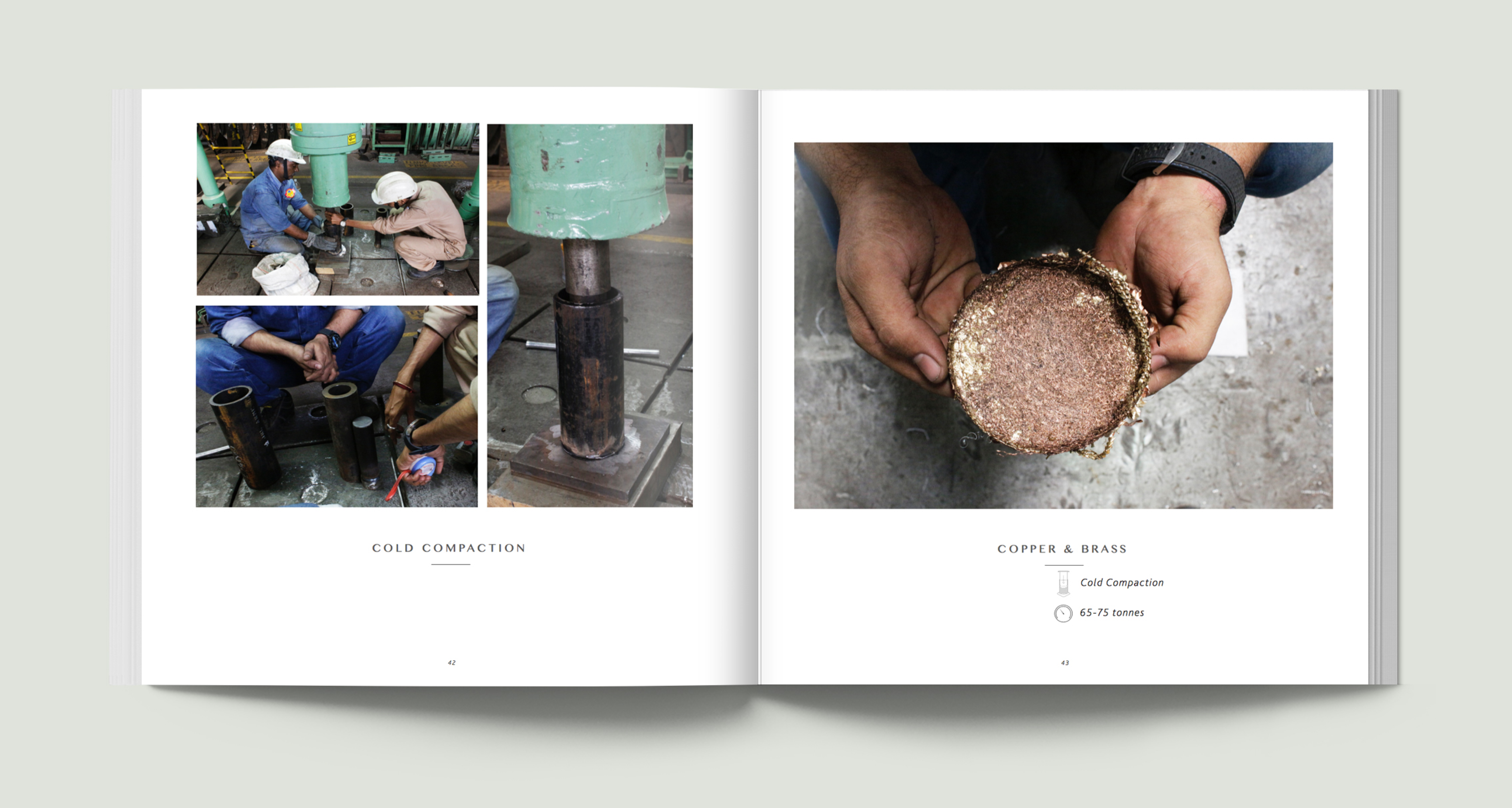
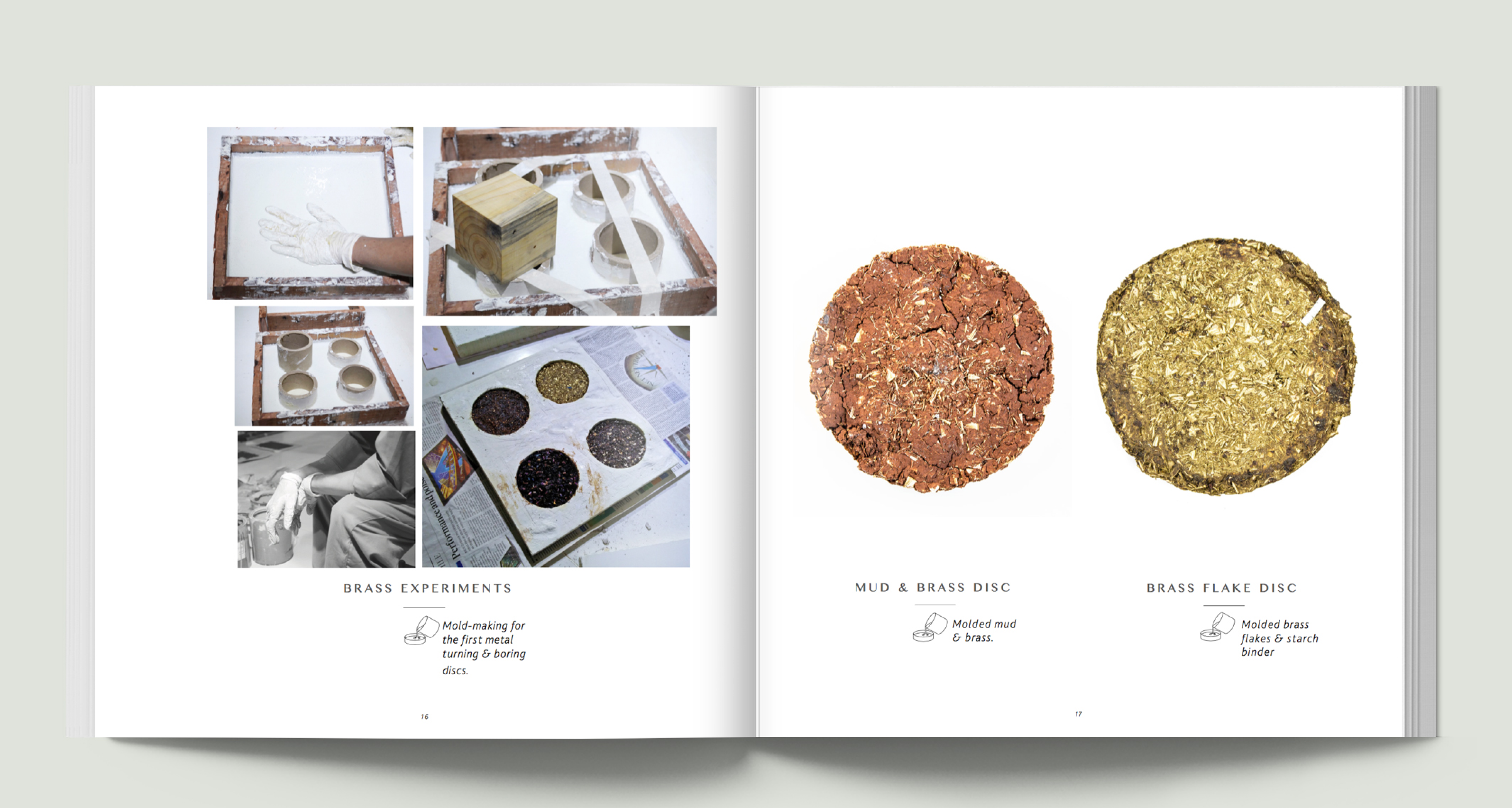

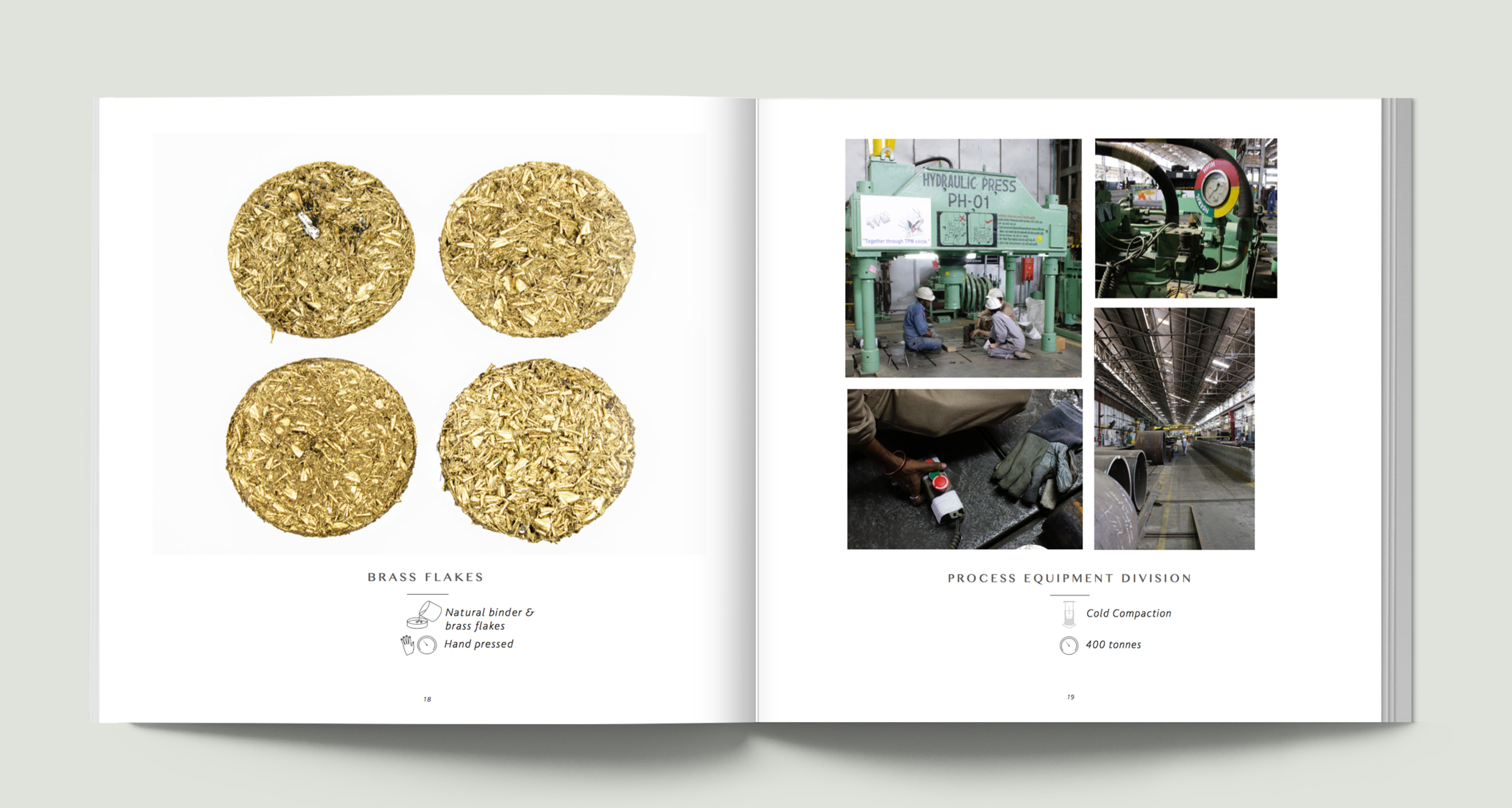


Every year 470,400 kg of turning and boring is generated.
Turning & Boring is the output of one of the most basic machining processes used to shape metal objects. This is a step-by-step guide of how to turn metal turning & boring back into solid metal to be reused.

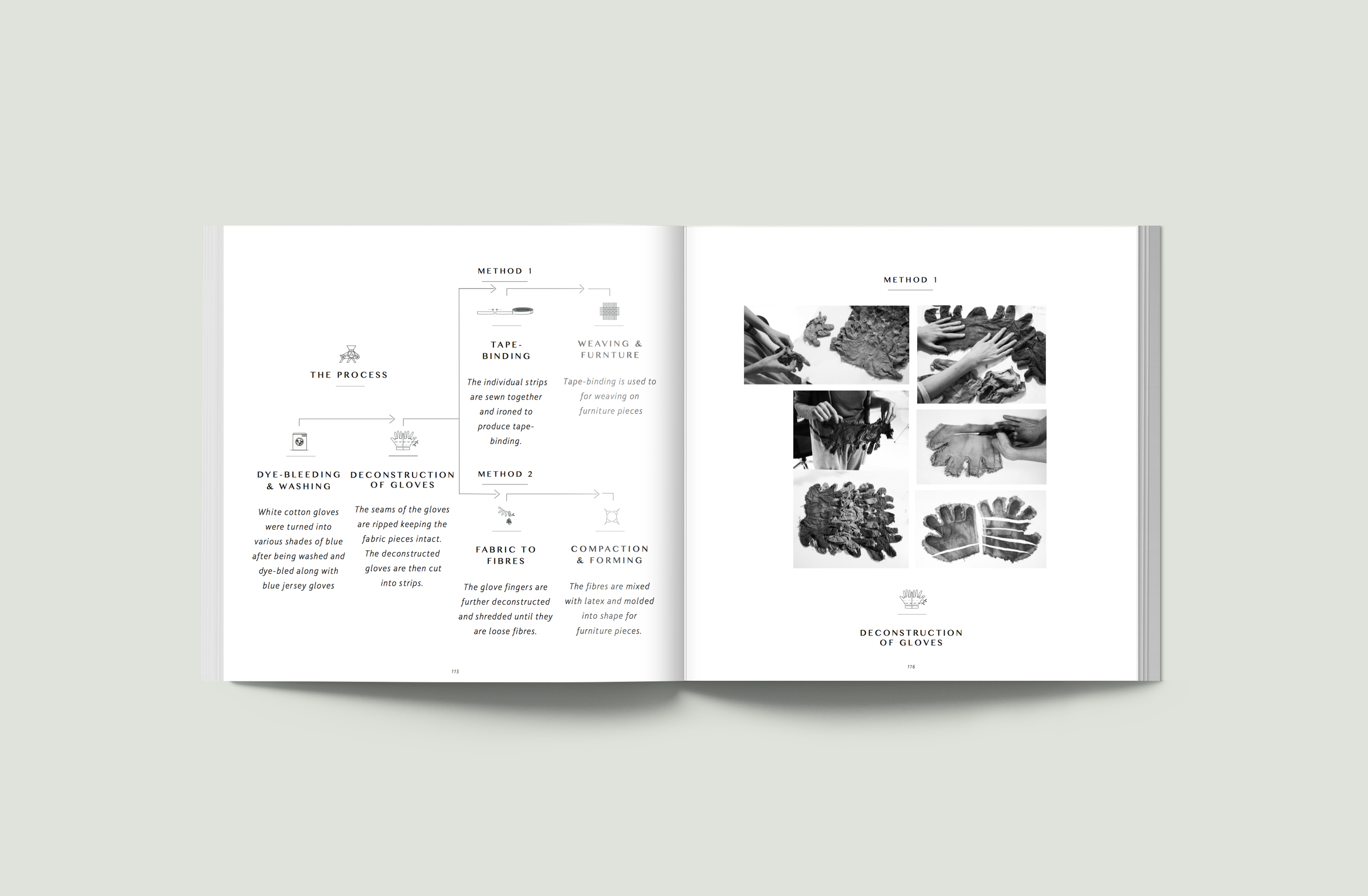
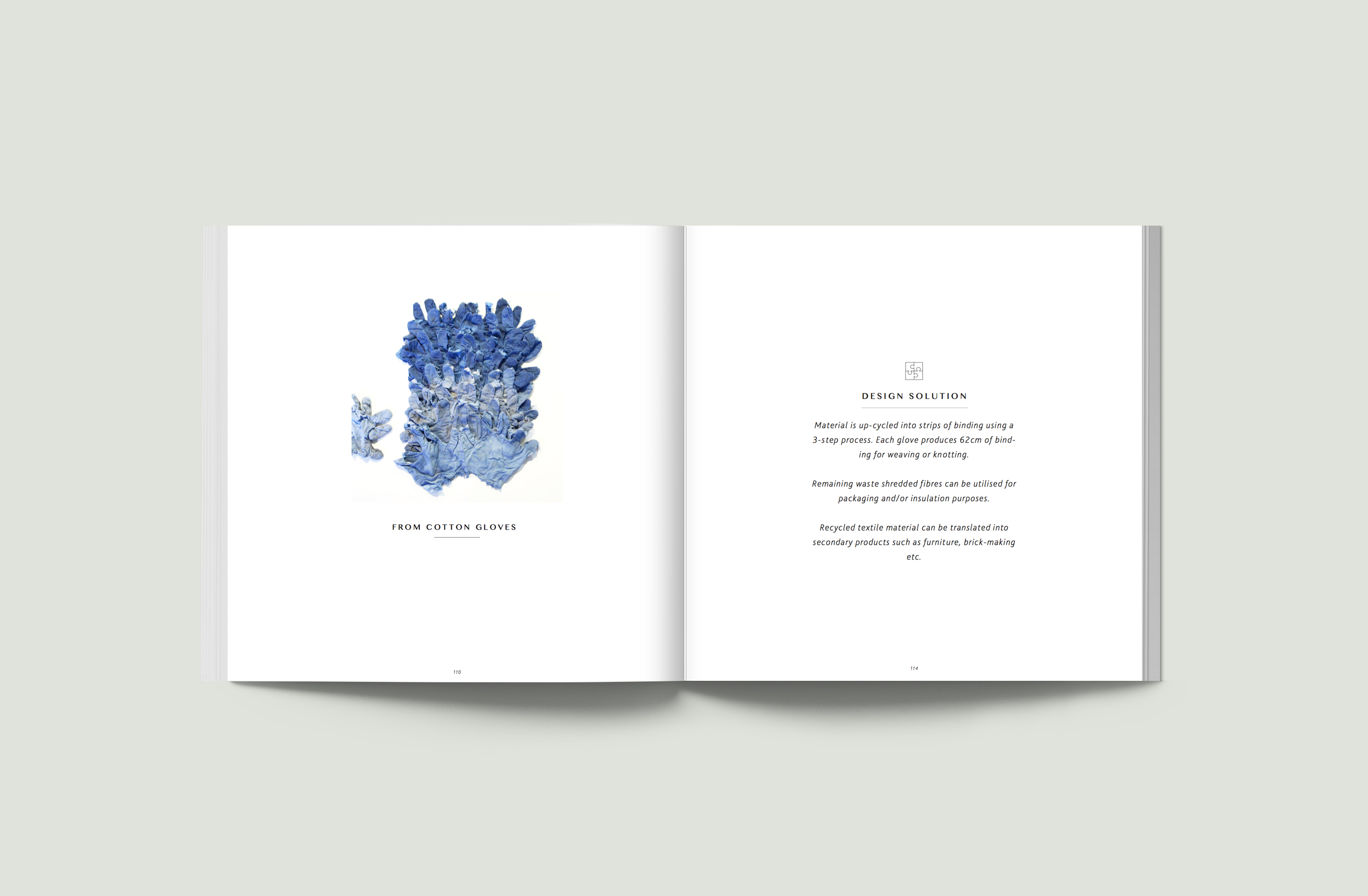
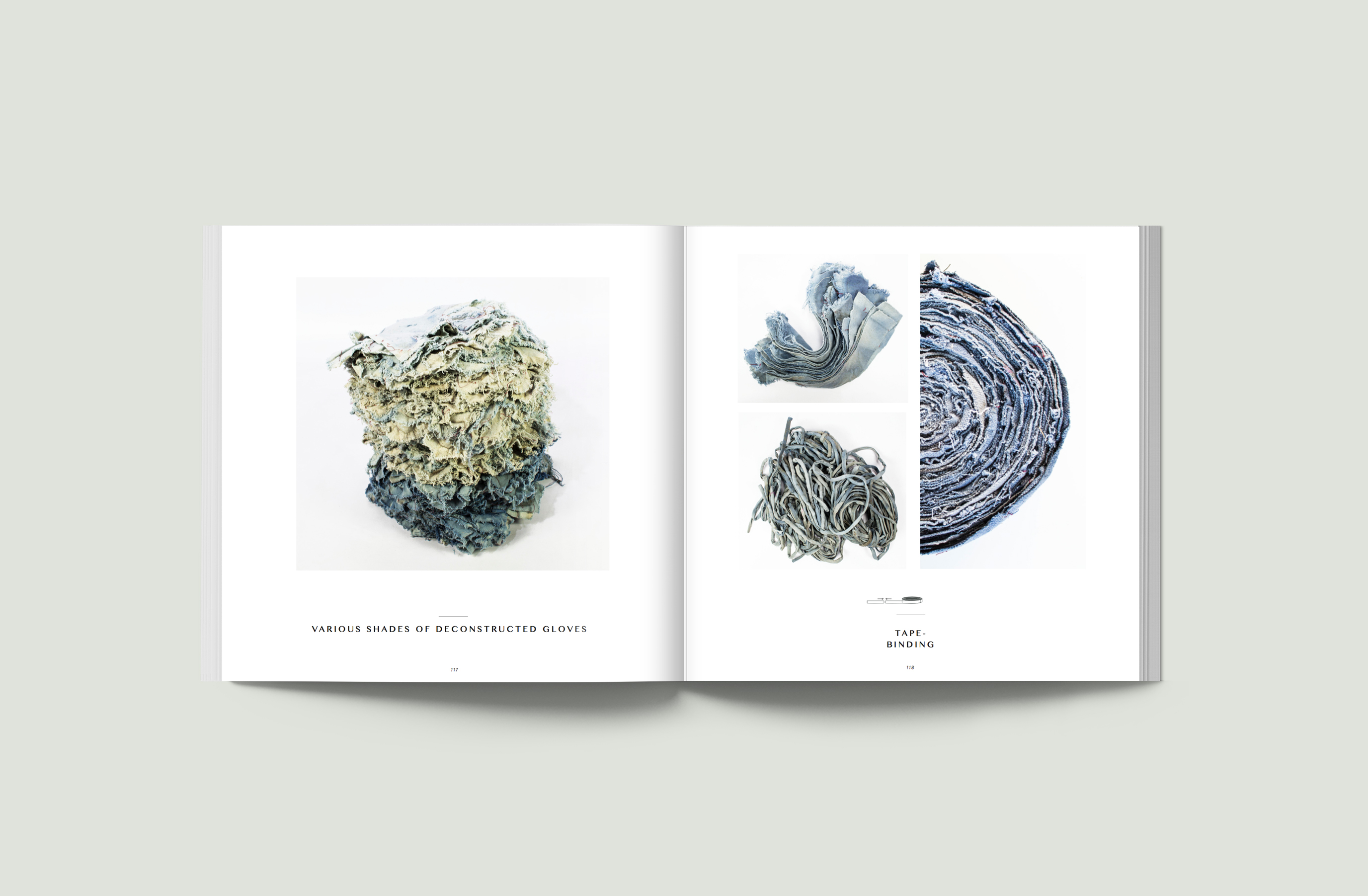

More than 15,000 pairs of gloves are discarded and collected every month from various divisions at Godrej & Boyce.
Oil soaked cotton gloves are generally sent to incineration facilities while non-oil soaked gloves are sent to landfill. Workers gloves were washed, stripped of oil and then dyed with waste dyes and upcycled into garments, rugs and upholstery.
The Punah Project
@ Godrej & Boyce’s Innovation Center
Mumbai, India
Content courtesy of Godrej & Boyce Innovation Center
Role: Material Research | Design Communication |
@ Godrej & Boyce’s Innovation Center
Mumbai, India
Content courtesy of Godrej & Boyce Innovation Center
Role: Material Research | Design Communication |